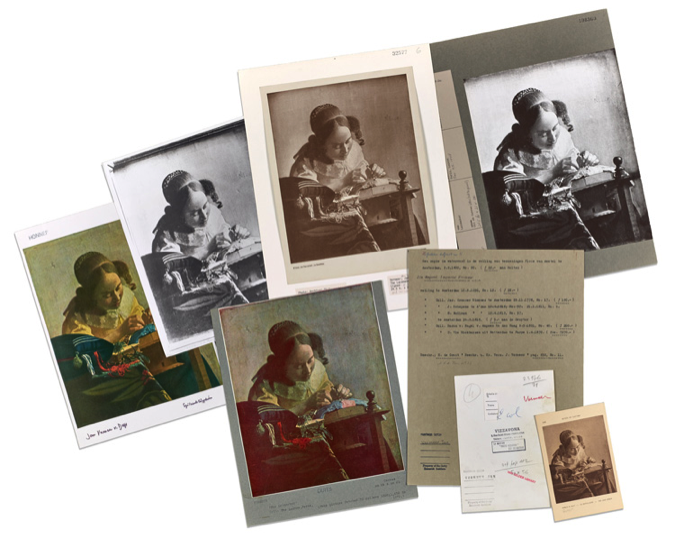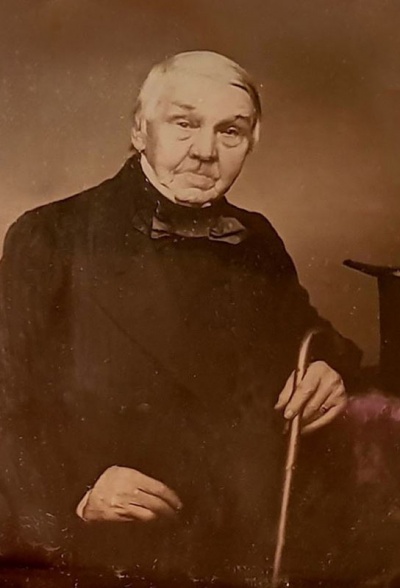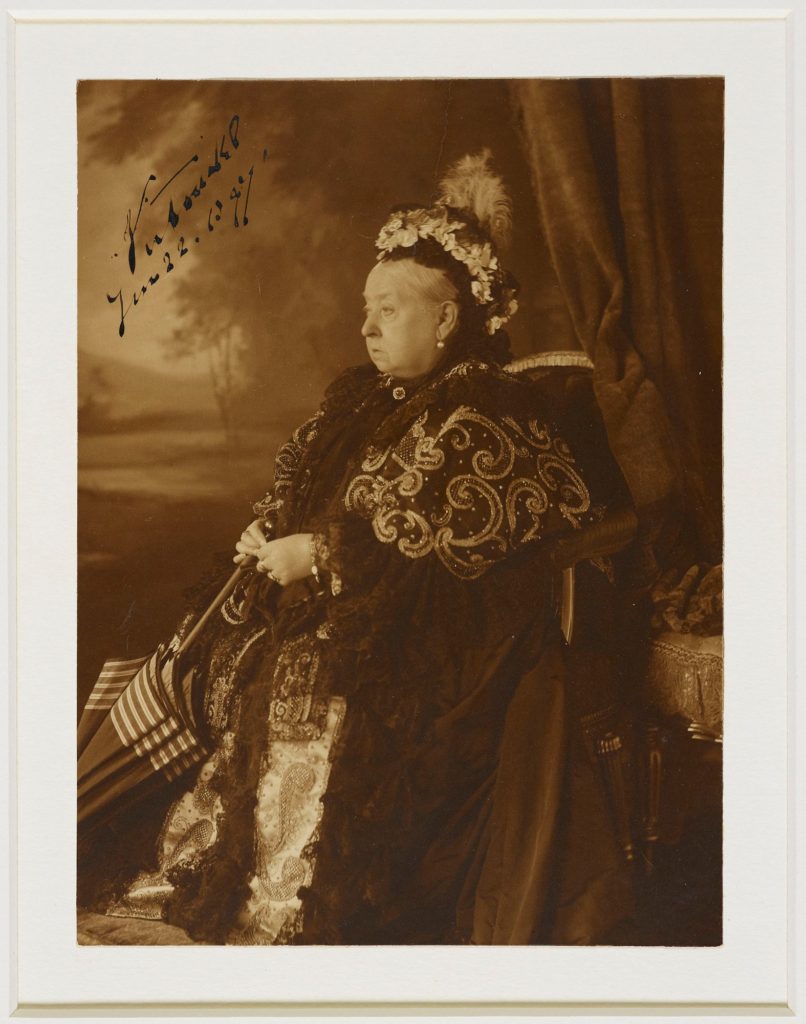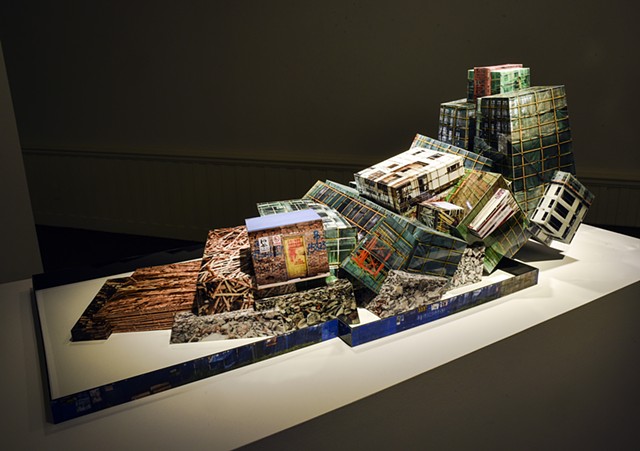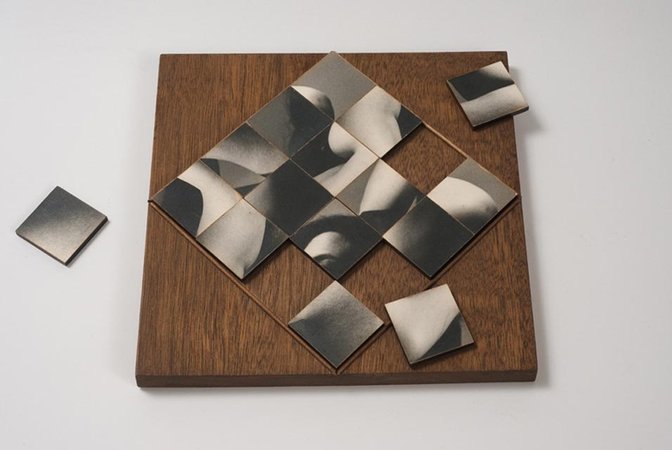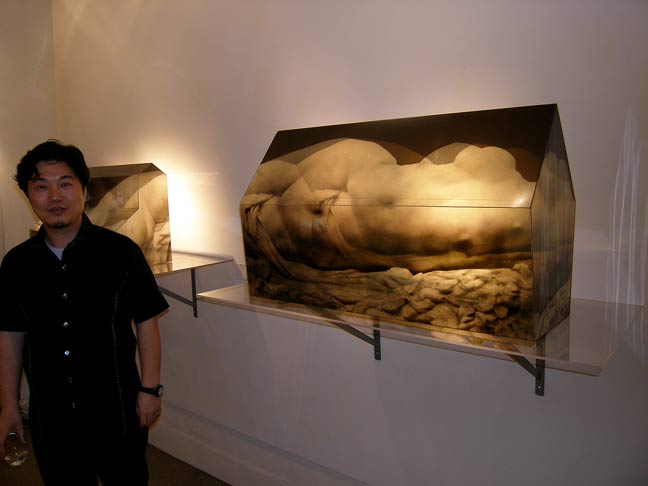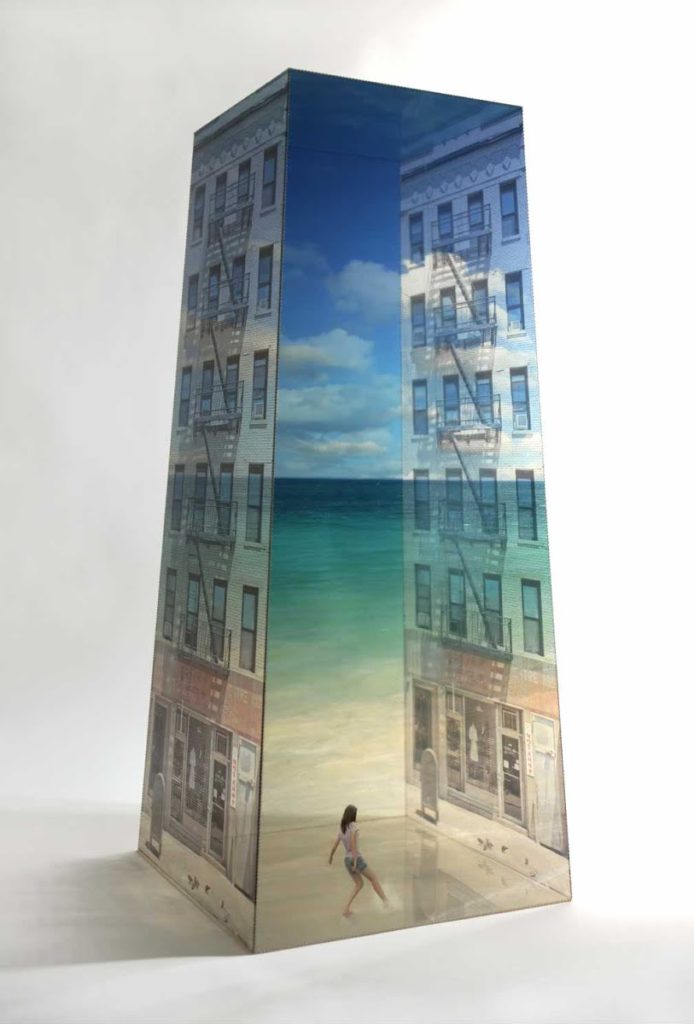How do archives function as repositories of knowledge?
Archives are used around the globe, preserving several types of information from around the world to ensure it is not lost or forgotten from Government records to paintings. Professionals work hard to preserve such material so future generations are able to look back and compare/evaluate how times have changed. In this essay, I will specifically be researching photo archives in Jersey and to what extent they function as repositories of knowledge in both modern times and in the past, from physical buildings, i.e: the Societe Jersiaise Photographic Archive, formed in 1873 with the objective to create a museum and library1, to how people today use their mobile phones to capture and store thousands of images on a day-to-day basis quicker and more easily than ever before.
The Societe Jersaise was first founded by a small number of islanders who were interested in the “history, language and antiquities of Jersey” before interest began to grow which led to the publication of historical documents, a museum2 and more, photography playing a significant role in the creation of the library and museum due to it being a popular medium at the time to record research and scientific records in a documentary way. Eventually, in 1913, the Societe created sections in order to separate the different areas of interest, the photographic archives getting its own section with specialist staff being employed to ensure the best upkeep and preservation possible of the hundreds of thousands of images from a variety of different photographers, dating back from the mid-1940s to present day.

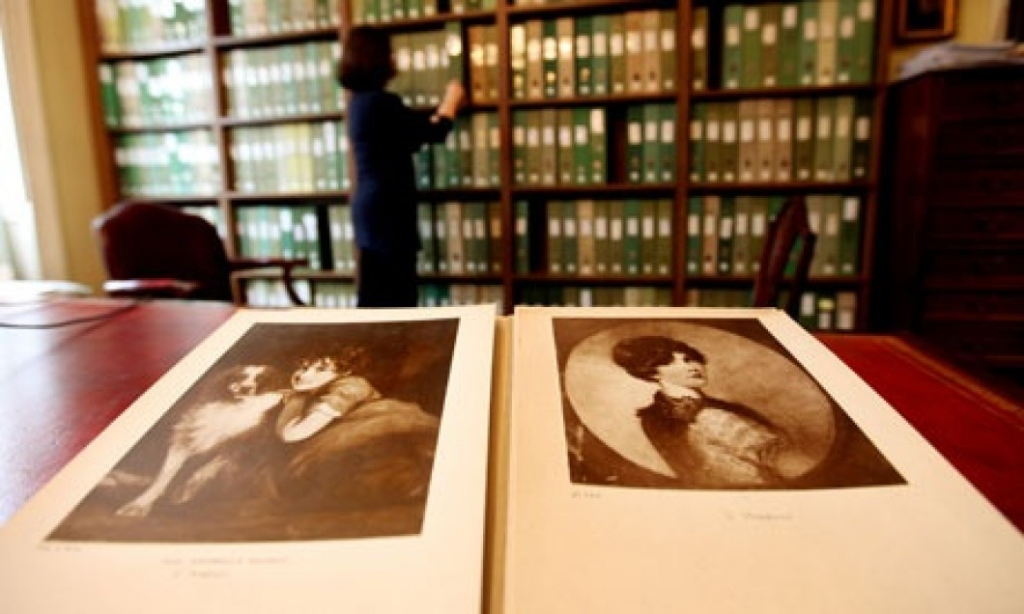
Due to photos taken by a variety of skilled photographers over the past few centuries being so well preserved, it allows us to evaluate their techniques in modern times. Thomas Sutton is an example of a skilled Jersey photographer from the 1800s whose work has been archived by the Societe Jersaise, allowing easy access to his local images of the past. He is an important figure when it comes to photography due to his experiments and contributions which include developing the first panoramic camera with a wide-angle lens [it being able to capture in a 120° arc], taking the first permanent colour photograph, creating a photographic dictionary, and working on the development of dry photographic plates3. As his work has been documented, it allows professionals to acknowledge and explore how his work developed further after his experiments along with how it changed other people’s quality of work, creating a better understanding of how photography can be used and developed further. One of Sutton’s key images is of a Tartan ribbon [which is shown in figure 1] where he took the world’s first coloured photograph in 1861. The image itself is quite dark due to the dark background, however, this allows the brighter tones and colours to pop out, making the image as a whole intriguing to look at. Along with that, the composition of the image itself is well chosen as it focuses on the details of the ribbon, such as the pattern and textures created by the way the ribbon has been tied, whilst still keeping the image quite simplistic.

It is certain that buildings such as Societe Jersaise have flourished over the centuries as more and more images get taken and preserved each year, especially due to how accessible cameras have become, allowing millions of photos to be taken per day compared to the limited amount of images that could be taken and produced through older cameras [I.e: film cameras] which would require a chemical-heavy process in order for the photos to even be viewed let alone published. However, the use of digital archives has increased the amount of images that can be stored along with the influence photography can have on an individual. This has and will continue to develop due to the creation of apps such as Instagram and Twitter, allowing all sorts of images to spread faster than ever before. From personal images to professional grade landscapes, finding and posting images can be done in just a few clicks, allowing for information about different cultures, social status, and environments to be easily compared. This is fascinating as it allows for a mass contrast between how individuals from the same era live such differing lives from the overwhelming amount of information that can be exhibited through the visuals alone whilst also creating an alternative to finding information on the past and comparing it to the modern day, often leading to the creation of new techniques and inspirations.
In conclusion, archives can function as repositories of knowledge through displaying past information and allowing future generations to learn from, interpret and expand upon said knowledge as they please. The different types of information that can be stored develops upon this further, as there lacks a limit as to how much history can be preserved, especially as there are many ways of conserving information, the most common being visually through images, as I have explained throughout this essay, due to how convenient comparing images from different eras and lifestyles can be, allowing us to see when different techniques emerged and developed throughout time.

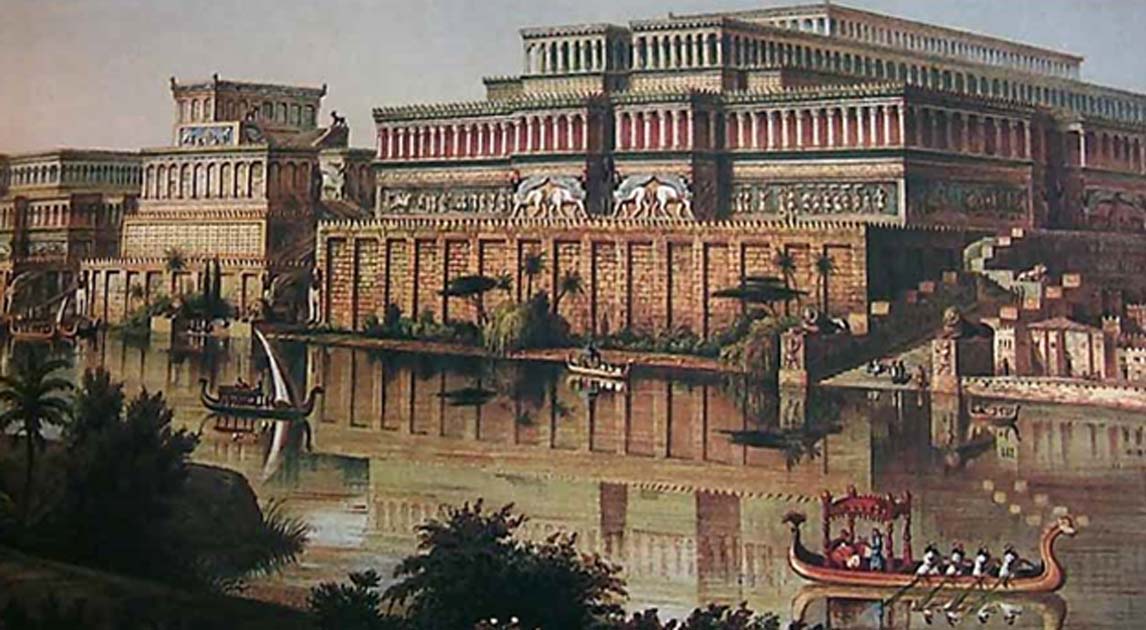


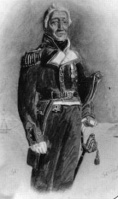

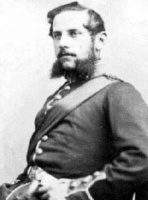
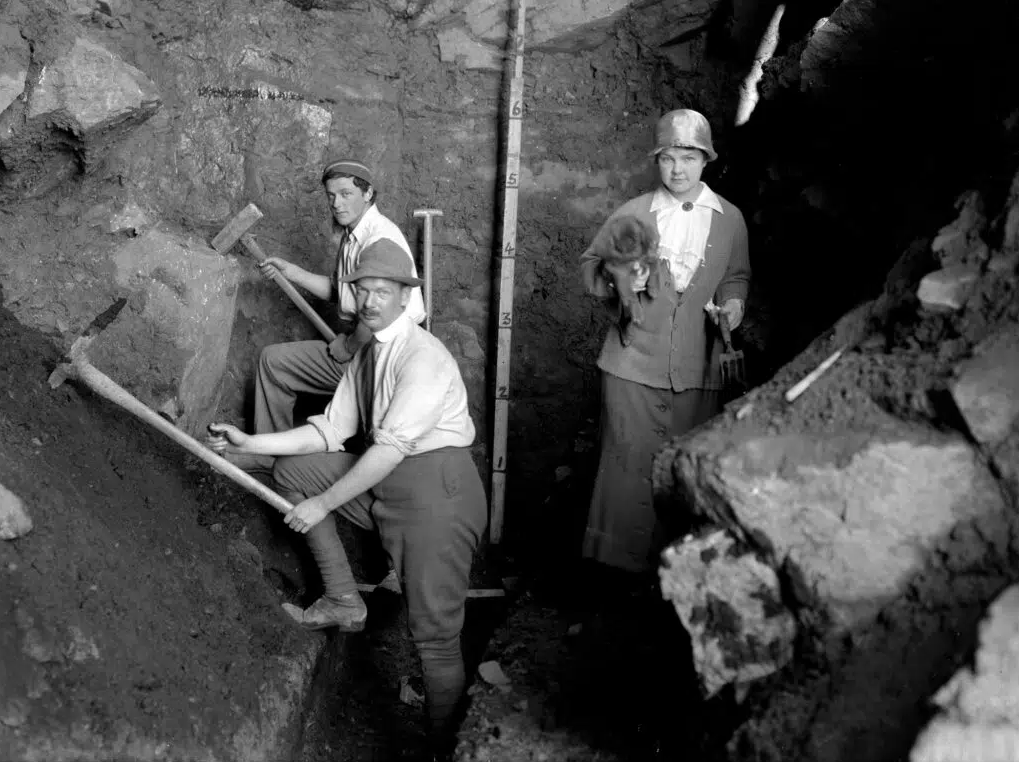

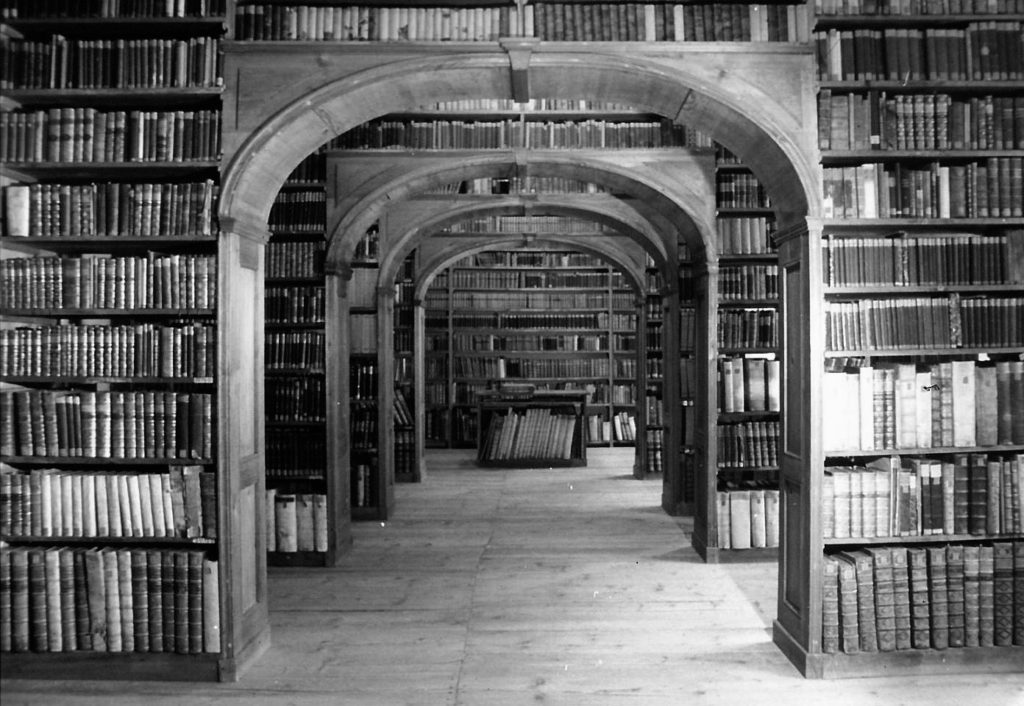

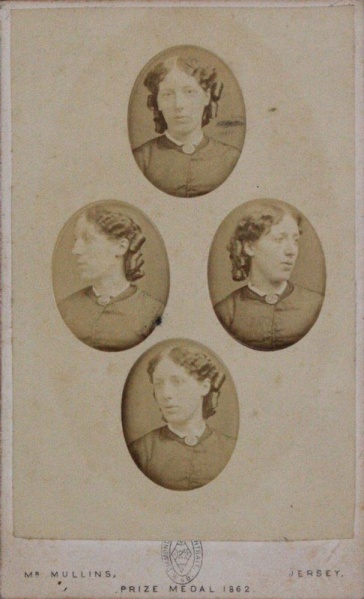
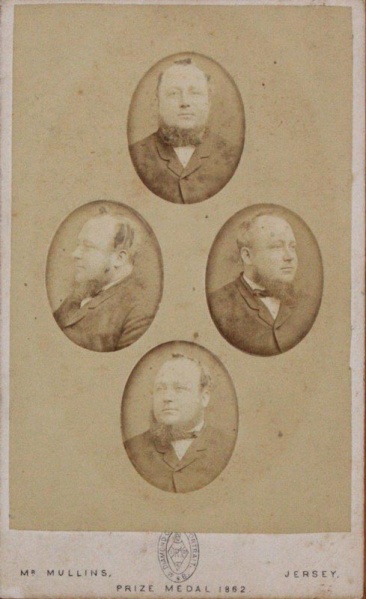









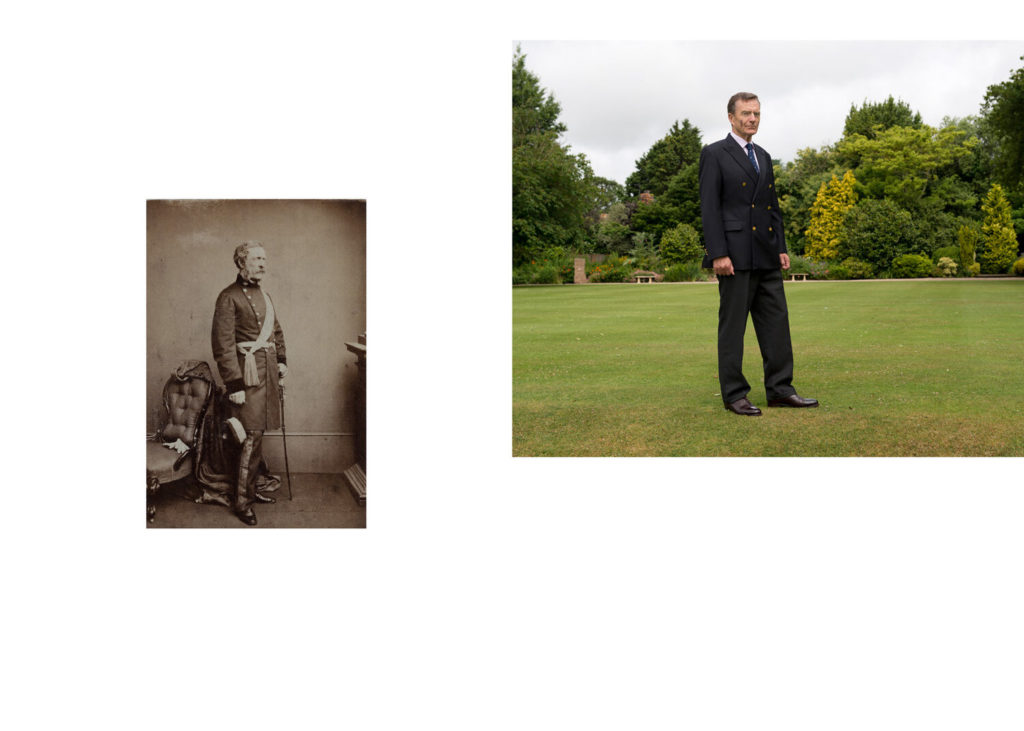
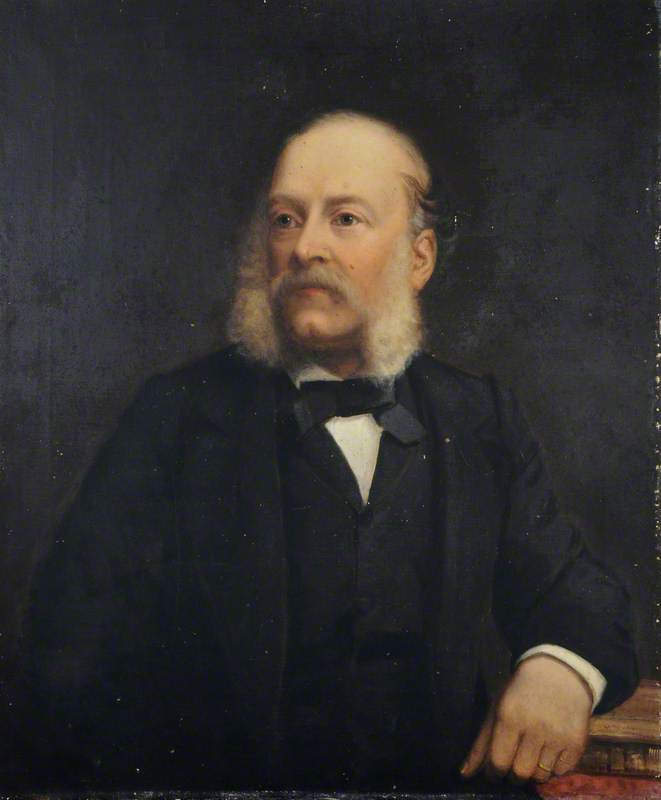
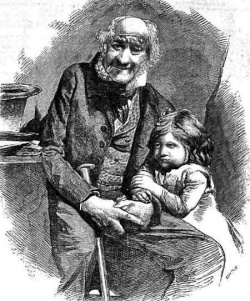

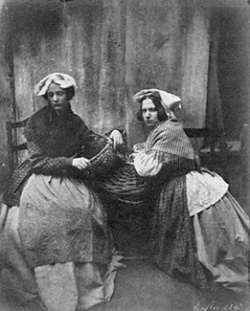
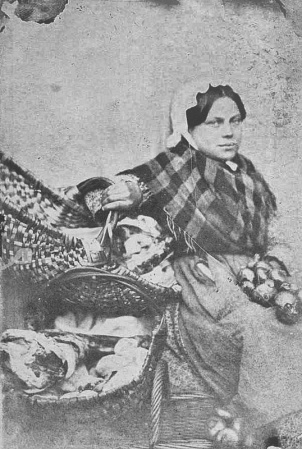


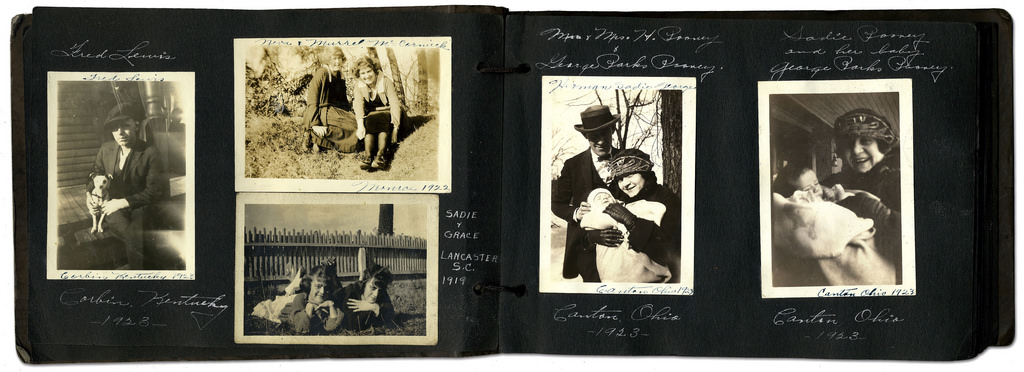
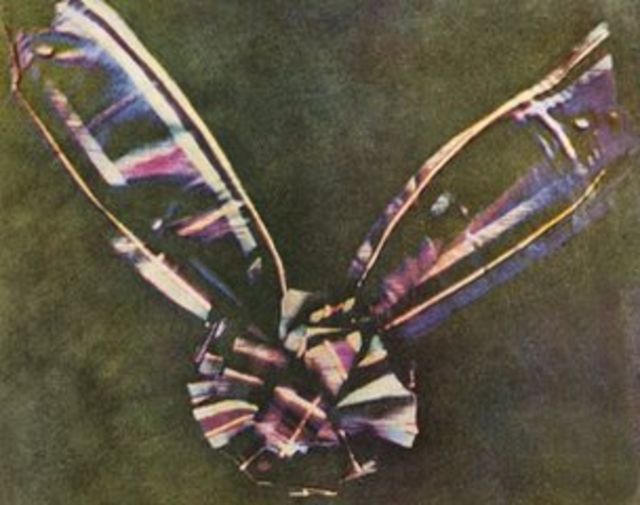
.jpg?mode=max)

